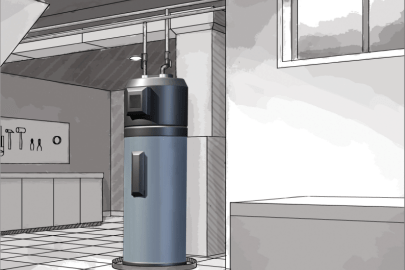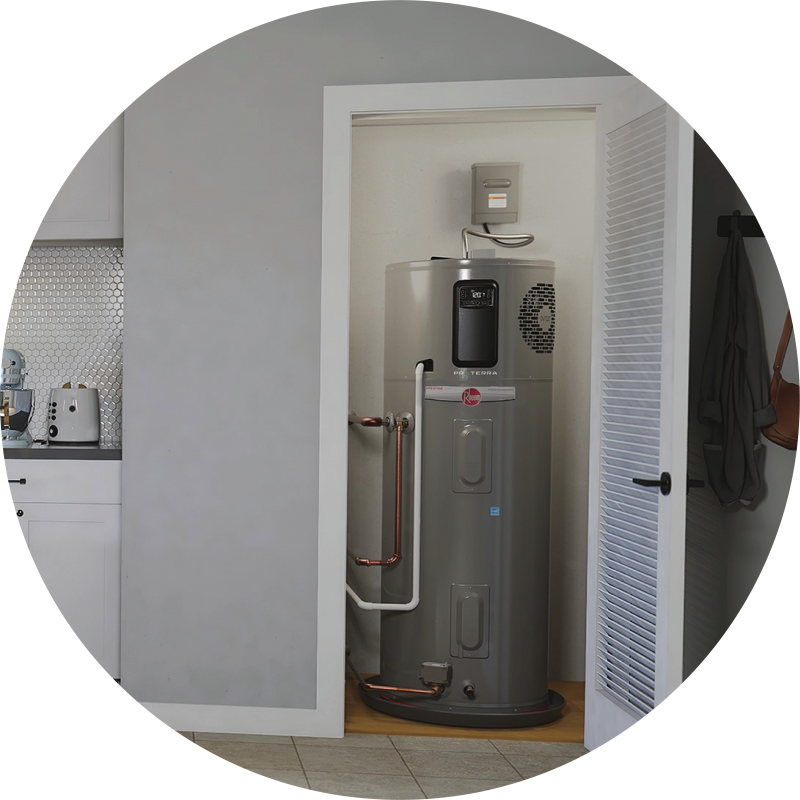In this article on the next paragraphs you'll find more high-quality ideas when it comes to Tips on Maintaining a Water Heater.

Warm water is crucial for daily comfort, whether it's for a rejuvenating shower or cleaning dishes. To ensure your hot water system runs successfully and lasts much longer, normal upkeep is essential. This post gives practical suggestions and insights on exactly how to preserve your home's warm water system to stay clear of disturbances and costly repair work.
Introduction
Preserving your home's warm water system may appear daunting, yet with a few basic actions, you can guarantee it runs efficiently for years to come. This guide covers whatever from comprehending your warm water system to do it yourself maintenance suggestions and understanding when to contact expert aid.
Relevance of Keeping Your Warm Water System
Regular upkeep not just expands the life-span of your warm water system however likewise ensures it runs effectively. Ignoring maintenance can result in decreased efficiency, higher power costs, and also early failure of the system.
Signs Your Hot Water System Demands Upkeep
Understanding when your warm water system needs attention can prevent significant concerns. Watch out for indications such as inconsistent water temperature, strange sounds from the heating unit, or rusty water.
Flushing the Hot Water Heater
Flushing your water heater removes debris accumulation, improving efficiency and lengthening its life.
Checking and Replacing Anode Rods
Anode poles protect against rust inside the tank. Evaluating and changing them when worn out is crucial.
Facility Problems Requiring Specialist Assistance
Examples consist of major leakages, electrical troubles, or if your hot water heater is regularly underperforming.
Routine Expert Maintenance Conveniences
Expert upkeep can include detailed examinations, tune-ups, and guaranteeing conformity with security standards.
Checking and Adjusting Temperature Level Settings
Readjusting the temperature setups guarantees optimum performance and security.
DIY Tips for Upkeep
You can carry out numerous maintenance tasks on your own to keep your warm water system in leading condition.
Checking for Leaks
Regularly examine pipelines and connections for leaks, as these can bring about water damage and higher expenses.
Recognizing Your Hot Water System
Before diving into maintenance jobs, it's valuable to comprehend the standard components of your hot water system. Commonly, this includes the water heater itself, pipelines, anode poles, and temperature level controls.
Monthly Upkeep Tasks
Normal regular monthly checks can aid catch small concerns before they rise.
Checking Pressure Alleviation Valves
Testing the pressure relief valve guarantees it functions properly and stops too much stress buildup.
Protecting Pipes
Protecting hot water pipes decreases warm loss and can conserve power.
When to Call a Specialist
While do it yourself upkeep is helpful, some issues require professional know-how.
Verdict
Normal upkeep of your home's warm water system is vital for efficiency, long life, and expense savings. By complying with these suggestions and knowing when to look for specialist assistance, you can make sure a trustworthy supply of warm water without unanticipated interruptions.
Water Heater Maintenance Tips
Test the TPR Valve
Shut off the power and the cold-water supply valve. Place a bucket under the pipe connected to the temperature-pressure-release (TPR) valve on the top or side of the tank. (This valve opens if the tank pressure gets too high.) Lift the valve’s tab to let some water out, then let go. If water keeps flowing, drain the tank partway, unscrew the old valve with a pipe wrench, and install a new one. Check the Anode Rod
Put a hose to the tank’s drain cock and let out a few gallons of water. Now fit a 1 1/16-inch socket onto the rod’s hex head on top of the heater (or under its top plate) and unscrew the rod. If it’s less than ½ inch thick or coated with calcium, buy a new one, wrap its threads with Teflon tape, put it back in the tank, and tighten securely. Use this segmented rod if headroom above the tank is limited. Drain the Tank and Wash Out Sediment
Drain the remaining water in the tank into the bucket, then stir up the sediment on the tank’s bottom by briefly opening the cold-water supply valve. Drain and repeat until clean water comes out of the hose. Close the drain cock, refill the tank, and turn its power back on. Adjust the Temperature
Find the temperature dial on the side of the tank and unscrew its cover. Adjust the dial to 120 degrees using a flathead screwdriver. For every 10 degrees the temperature is lowered, you can expect to save up to 5 percent in energy costs. Turn the water heater off or the thermostat down to its lowest setting if you plan to be away from home for more than three days. Insulate the Pipes
Buy some self-sticking 3/8-inch-thick foam pipe insulation that matches the pipes’ diameter. Slide the foam over the hot-and cold-water pipes as far as you can reach. Insulating the cold-water pipe prevents condensation in summer. Peel the tape and squeeze the insulation closed. If the pipe is 6 inches or less from the flue, cover it with 1-inch-thick unfaced fiberglass pipe wrap. https://www.thisoldhouse.com/plumbing/21016402/how-to-maintain-a-water-heater

I was introduced to that write-up on Tips For Maintaining Your Hot Water Heater from a friend on another web property. In case you liked our blog posting if you please make sure you remember to share it. Many thanks for being here. Don't forget to visit our website back soon.
Call Today